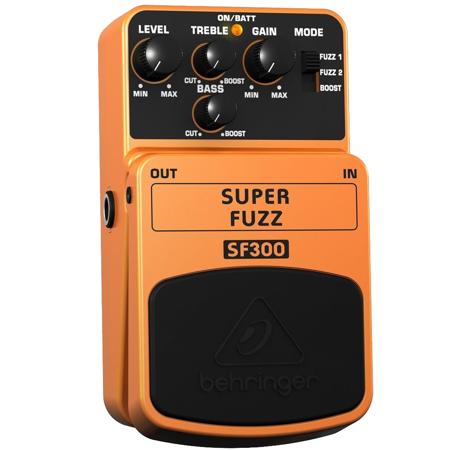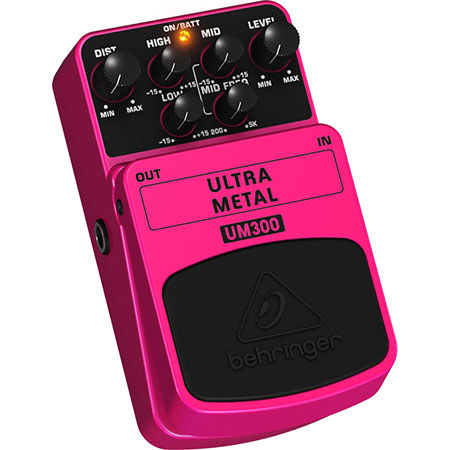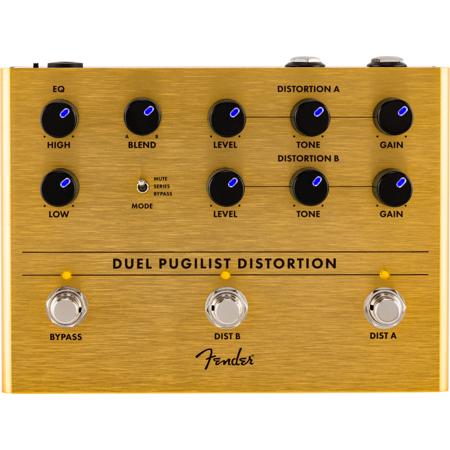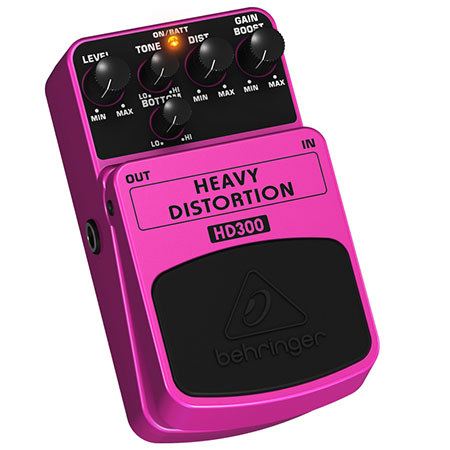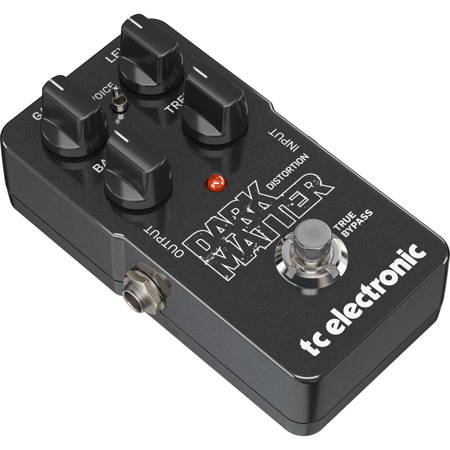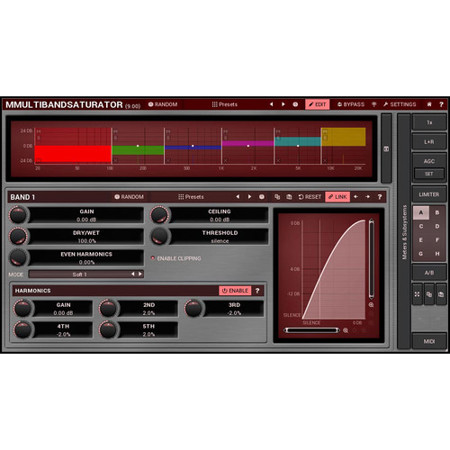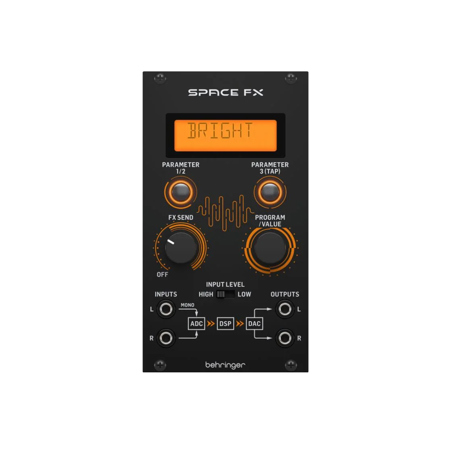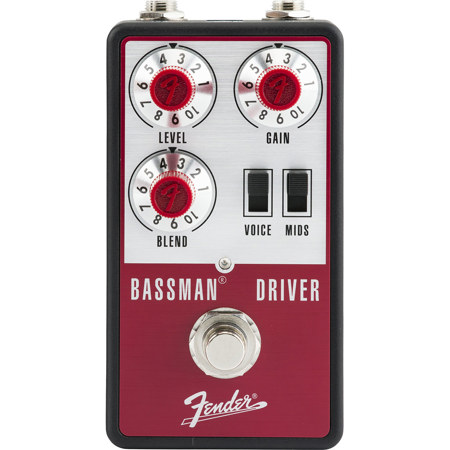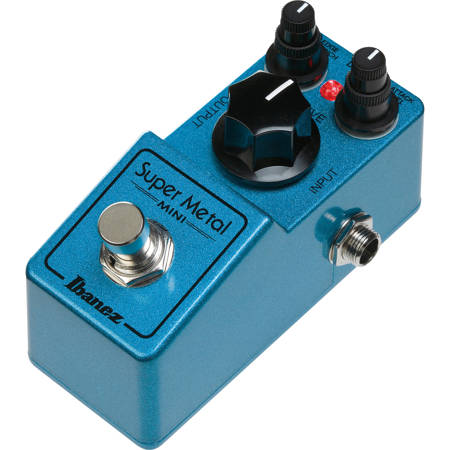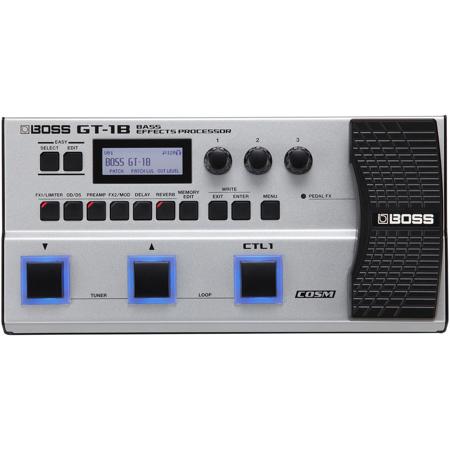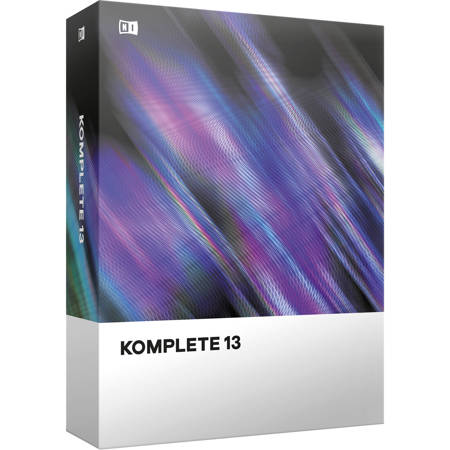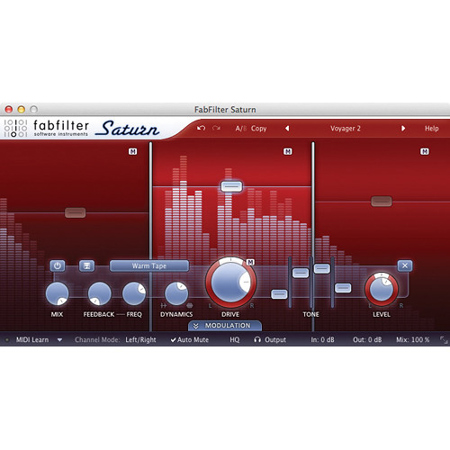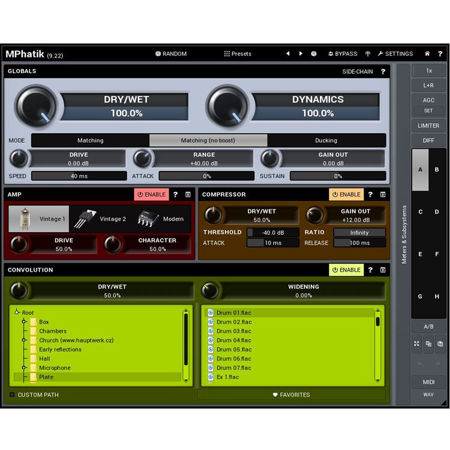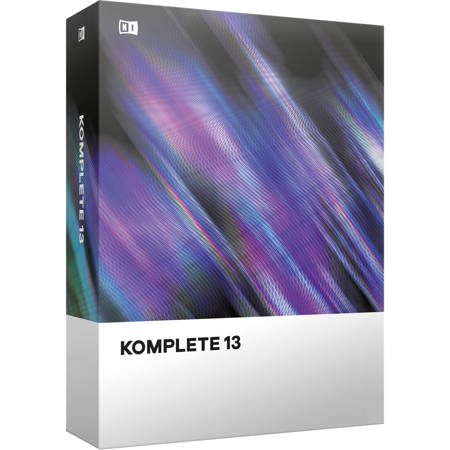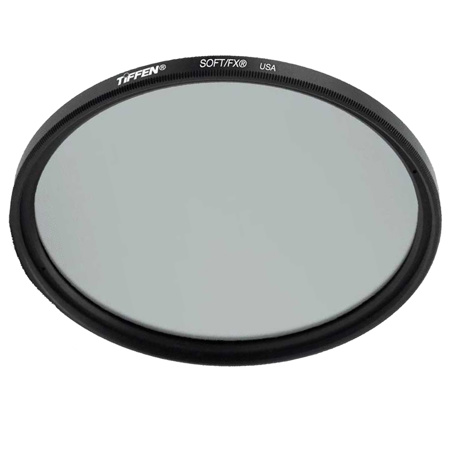Distortion Effects
Distortion effects have been at the heart of musical expression and audio experimentation for generations, shaping the signature sounds of countless genres and artists. These devices and plugins work by altering the original waveform of an audio signal, introducing harmonics and a unique character that can range from a subtle warmth to a searing, aggressive crunch. Whether you’re dialing in a classic rock snarl, a bluesy growl, or pushing the boundaries of experimental sound design, distortion effects offer a versatile palette for musicians, producers, and audio engineers alike. As the fall season arrives and creative projects ramp up, many players find themselves inspired to revisit their sound and add new textures to their performances or recordings. Distortion effects are especially popular among electric guitarists and bassists, but their impact extends far beyond stringed instruments. Keyboardists, vocalists, and even electronic music producers reach for these tools to inject energy and character into their tracks, making distortion a staple across genres from metal and punk to pop, hip-hop, and ambient music.
When considering which distortion effect is right for your setup, it’s important to think about your musical goals and the type of gear you use. Some players seek the organic warmth and touch-responsive dynamics of analog circuitry, while others prefer the precision and versatility of digital units. The choice between pedal-based effects, rack units, and software plugins often comes down to workflow preferences and the need for portability or integration with other equipment. For those who crave the saturated tones reminiscent of classic amplifiers pushed to their limits, exploring options like Tube Distortion Pedals can be especially rewarding. These effects harness the natural compression and harmonic richness of vacuum tubes, delivering a dynamic response that feels alive under your fingers. On the other hand, modern digital distortion units can offer a vast range of tonal shaping possibilities, from precise EQ controls to morphing between multiple distortion types within a single device. Whether you’re assembling your first pedalboard, upgrading your studio outboard gear, or searching for the perfect gift for a musician in your life, distortion effects provide an ideal blend of creativity and practicality. They’re a thoughtful present for aspiring guitarists, seasoned professionals, or anyone looking to expand their sonic toolkit as the season turns and inspiration strikes.
Beyond the world of music, distortion effects also play a role in sound design for film, broadcast, and multimedia projects. Audio engineers often use these tools to create unique textures, emphasize dramatic moments, or evoke specific emotions within a mix. The ability to manipulate and shape audio signals with distortion opens up creative avenues for storytelling, allowing subtle grit or full-blown chaos to underscore a scene’s mood. For educators and students, experimenting with distortion effects can offer hands-on insight into the physics of sound and signal processing, making them a valuable addition to classrooms and workshops. As autumn brings with it a renewed sense of focus and the anticipation of new creative ventures, investing in the right distortion effects can set the stage for memorable performances, recordings, and collaborations. Whether you’re searching for that elusive vintage tone, aiming to craft a modern edge, or simply seeking to explore the endless possibilities of sound, the world of distortion effects offers something for every audio enthusiast.
When considering which distortion effect is right for your setup, it’s important to think about your musical goals and the type of gear you use. Some players seek the organic warmth and touch-responsive dynamics of analog circuitry, while others prefer the precision and versatility of digital units. The choice between pedal-based effects, rack units, and software plugins often comes down to workflow preferences and the need for portability or integration with other equipment. For those who crave the saturated tones reminiscent of classic amplifiers pushed to their limits, exploring options like Tube Distortion Pedals can be especially rewarding. These effects harness the natural compression and harmonic richness of vacuum tubes, delivering a dynamic response that feels alive under your fingers. On the other hand, modern digital distortion units can offer a vast range of tonal shaping possibilities, from precise EQ controls to morphing between multiple distortion types within a single device. Whether you’re assembling your first pedalboard, upgrading your studio outboard gear, or searching for the perfect gift for a musician in your life, distortion effects provide an ideal blend of creativity and practicality. They’re a thoughtful present for aspiring guitarists, seasoned professionals, or anyone looking to expand their sonic toolkit as the season turns and inspiration strikes.
Beyond the world of music, distortion effects also play a role in sound design for film, broadcast, and multimedia projects. Audio engineers often use these tools to create unique textures, emphasize dramatic moments, or evoke specific emotions within a mix. The ability to manipulate and shape audio signals with distortion opens up creative avenues for storytelling, allowing subtle grit or full-blown chaos to underscore a scene’s mood. For educators and students, experimenting with distortion effects can offer hands-on insight into the physics of sound and signal processing, making them a valuable addition to classrooms and workshops. As autumn brings with it a renewed sense of focus and the anticipation of new creative ventures, investing in the right distortion effects can set the stage for memorable performances, recordings, and collaborations. Whether you’re searching for that elusive vintage tone, aiming to craft a modern edge, or simply seeking to explore the endless possibilities of sound, the world of distortion effects offers something for every audio enthusiast.
